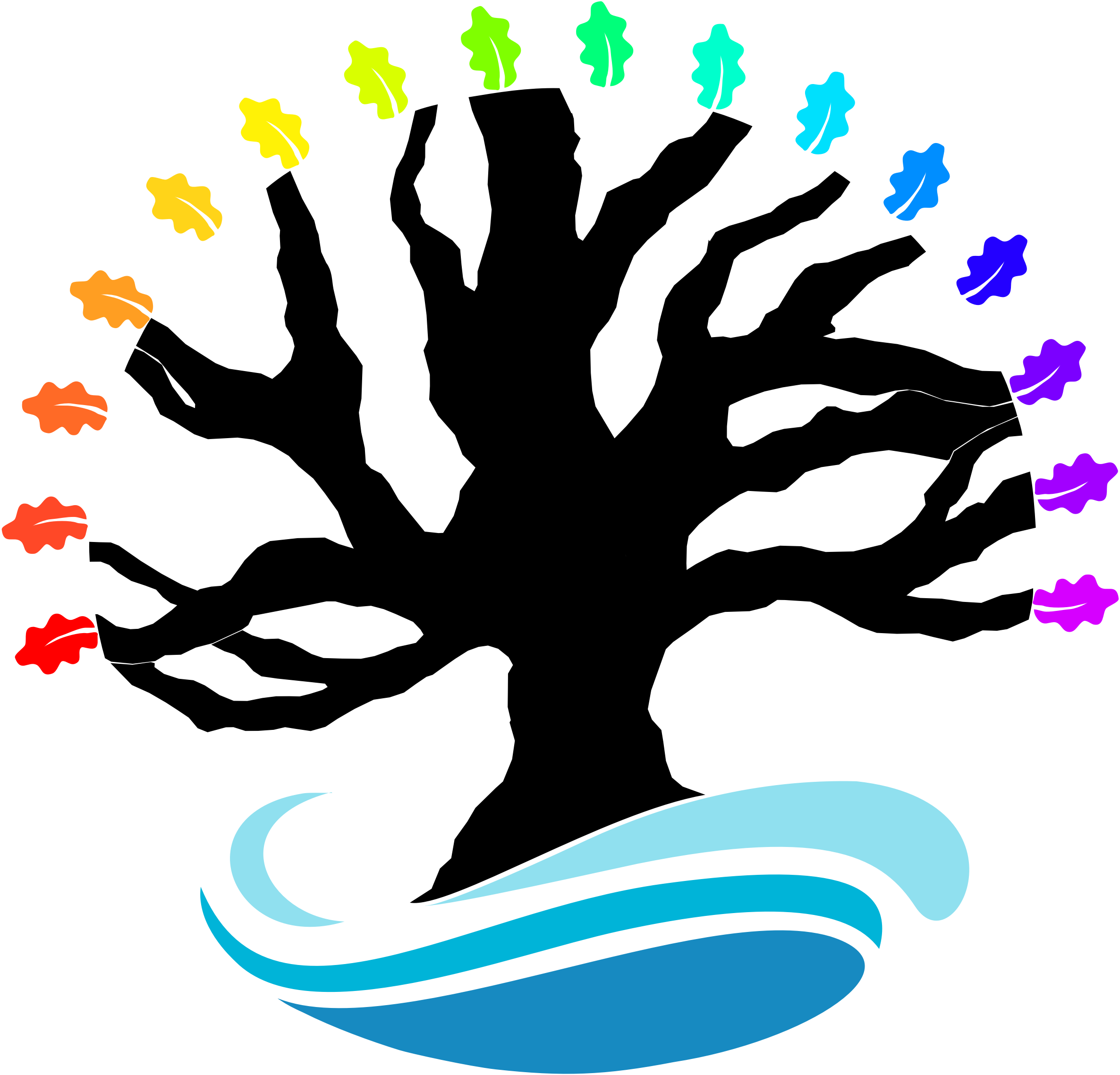Billions of years ago, water was the place where life began to take shape as we know it today. Not surprisingly, it is part of the organisms and the most important component in the processes taking place in their bodies. Its role is multifaceted: it represents the habitat of organisms, the substance needed for all biological processes, the transport route, the power that produces electricity and plays an irreplaceable role in regulating the climate of our planet. In addition, watercourses shape the relief of the landscape, fertilize the valleys by supplying nutrients to the soil and have significantly affected the settlement of the landscape by humans.
Most of the surface water on land is made up of seas and oceans, and only a fraction is made up of lakes, ponds, rivers and streams, or peat bogs. The soil and atmosphere also contain water. Freshwater accounts for only about 3% of the world's total water supply. Three-quarters of this is stored in solid form in glaciers and almost all of the fresh water is underground. Freshwater ecosystems and their organisms are among the most vulnerable in the entire biosphere.

The spectrum of organisms that are home to water is different in salt and fresh waters. However, the biodiversity of these organisms is also affected by other water properties. One of the most basic is its purity. In general, we can understand the purity of water as the absence of foreign substances, both water-soluble and insoluble. Thus, pure water in an ecological sense is not chemically pure water (with the properties of distilled water). Water polluted by the use of various chemicals in households, workplaces, industrial plants, on roads, etc. we treat in wastewater treatment plants. This is a big step forward. In addition to ever-improving cleaning procedures that recycle water and return it to circulation free of impurities and contaminants (e.g. harmful bacteria, dust, detergents), there are also substances that are not degraded or decomposed during the treatment process (e.g. antibiotics, some narcotic drugs, female hormones - estrogens) and represent a new burden for aquatic organisms. Many times, the human factor fails and there is inexperience and inconsistency in the management of treatment plants or various interventions in the aquatic environment. Examples are inappropriate flood control of watercourses and the construction of migration barriers on watercourses that prevent aquatic organisms from moving along streams. Compared to the industrial post-war phase of the company's development, today at first glance, cleaner water flows in our rivers, the country seems to be better "cleaned" and controlled, but the ecological status of the waters is not satisfactory, on the contrary, they often show a deteriorating condition.
Part of the topic of sustainable development of a functioning country is the protection of biodiversity of organisms, which is closely linked to the revitalization of watercourses. In the past, the modification of watercourses was perceived as a necessary flood control into nature. Over time, these steps have in the past been seen as incorrect, degrading the original diversity and diverse functions of aquatic ecosystems. At present, a more responsible approach is finally being gradually promoted in our country, which leads to the restoration (renaturation) and preservation of the original diverse landscape elements and functions of watercourses and river landscapes. This is an assumption for the development of diverse communities of organisms (revitalization) and at the same time a way to protect them. Today, we already have enough knowledge to understand what we have always felt intuitively, that a vibrant, diverse country with rich biodiversity is also a place where we can live better and more fully.






